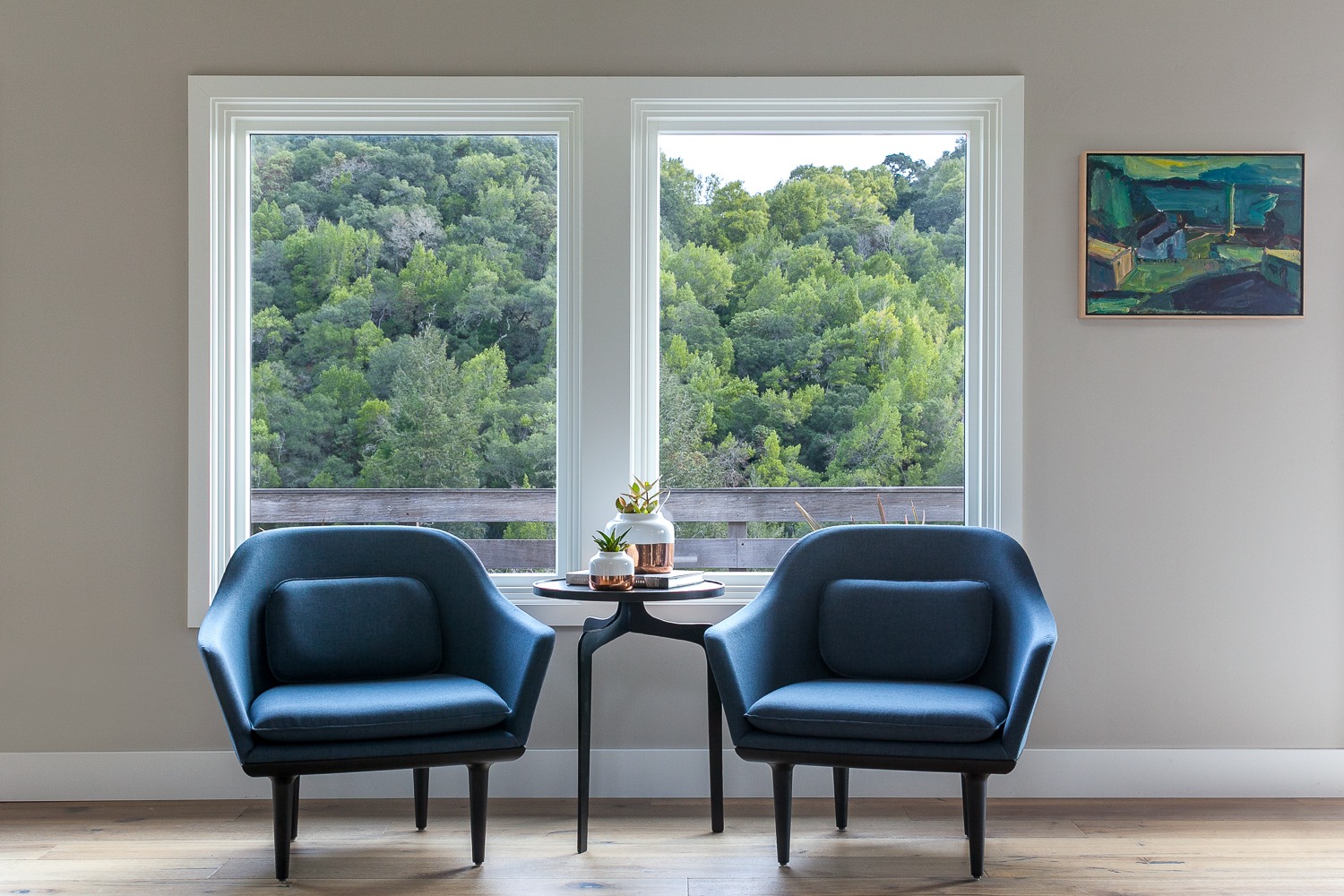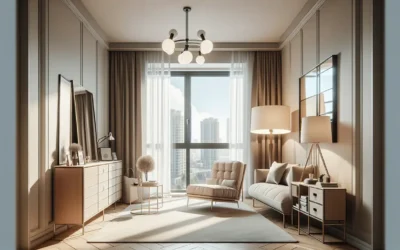Color is a powerful tool in our everyday lives, influencing our perceptions, decisions, and even our emotions. Whether it’s the calming blue of a bedroom or the energizing red of a kitchen, the colors we choose for our spaces can have a significant impact on our mood and well-being. Here we’ll explore how different colors affect our emotions and how you can use this knowledge to create harmonious and mood-enhancing environments.
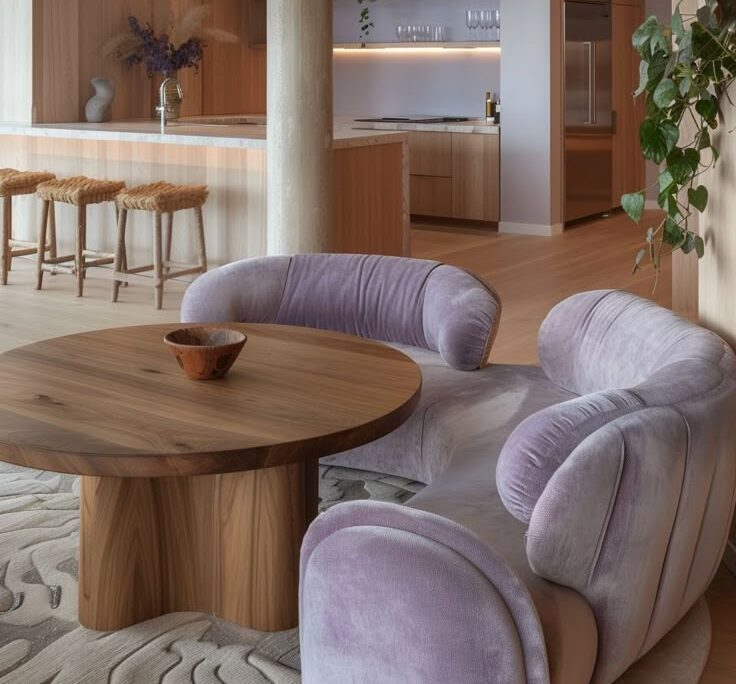
The Science Behind Color and Emotion
Colors can influence our emotions and behaviors because of the way our brains process them. Our reaction to color is not merely aesthetic; it’s psychological. The field of color psychology explores how hues affect our state of mind. This understanding is crucial when designing spaces meant to evoke specific emotions. For instance, studies have shown that blue is linked to feelings of calm and trust, partly due to its association with clear skies and ocean waves. Similarly, red often triggers excitement or urgency because of its connection to danger or alertness, making it ideal for high-energy spaces. By understanding these associations, we can make more informed choices to create environments that support our mental and emotional well-being, be it a soothing home office or a lively living room.
The science of color goes beyond mere aesthetics, touching on the physiological responses certain hues elicit. For instance, the color blue can lower blood pressure and enhance focus, making it an excellent choice for spaces dedicated to calm and concentration How Different Colors In A Space Can Affect Your Mood. Similarly, red can raise the heart rate and is often used in spaces that require high energy or activity, such as gyms or kitchens. By understanding the science behind color, we can strategically choose palettes that not only beautify our spaces but also enhance our emotional and physical states, leading to environments that support our mental health and productivity.
Interestingly, our response to color is also influenced by cultural backgrounds and personal preferences, adding layers to how colors affect emotions. For instance, while white is often seen as a symbol of purity in Western cultures, it is the color of mourning in some Asian countries. Likewise, the color of wealth and luxury—purple—was historically linked to royalty and is often associated with spirituality today Colors and Emotions: How Color Impacts Emotions and Behaviors. Understanding these nuances allows us to choose colors that harmonize with our cultural identity while fostering environments that enhance well-being through thoughtful design.
Warm Colors: Energize and Stimulate
Warm colors like reds, oranges, and yellows can evoke feelings of warmth and comfort. They are ideal for spaces where energy and interaction are desired, such as living rooms and kitchens. The vibrancy of red, with its strong associations with passion and vigor, stimulates the senses and can invigorate the atmosphere in communal areas. Similarly, yellow, reminiscent of sunlight, offers a touch of cheerfulness that can enliven dark corners or dull spaces. Orange, as a middle ground, combines the excitement of red with the joy of yellow, creating a sense of enthusiasm and creativity—a great choice for enhancing social spaces or motivating creative thinking.
Warm colors are not only vibrant but carry the power to influence our emotions profoundly. Red, for instance, is often associated with energy, passion, and even appetite stimulation. This makes it a popular choice in dining rooms or kitchens, where you want conversation and interaction to flow freely. Orange, while maintaining some of red’s dynamism, introduces a playful and inviting element, which can be perfect for creative spaces like studios or playrooms. Yellow, with its sunny disposition, is widely regarded as an uplifting color, ideal for areas like kitchens or home offices, where a little boost of enthusiasm can make a big difference. By strategically using warm colors, you create inviting spaces that feel lively and welcoming.
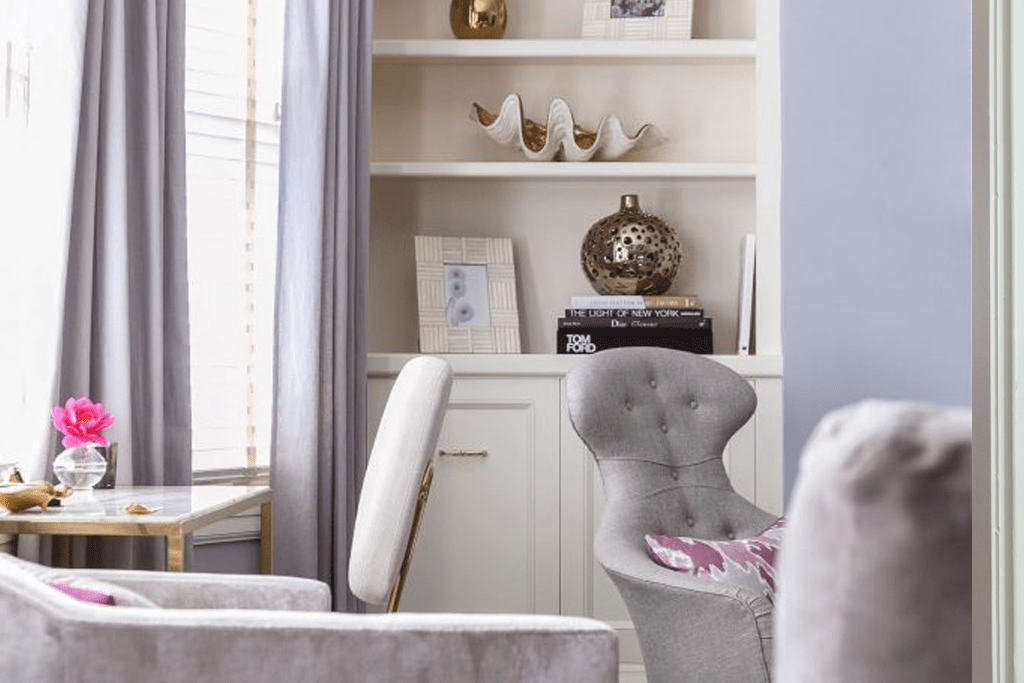
Cool Colors: Calm and Relax
Cool colors such as blues, greens, and purples are known for their calming effects. They are perfect for bedrooms, bathrooms, and other areas where relaxation is a priority. Blue, for instance, evokes a sense of tranquility and peace, akin to the vast skies and calming seas, making it a prime choice for bedrooms and relaxation zones The Psychology of Color: How Colors Influence Our Perception, Emotions and Behavior. Green, reminiscent of nature’s lush landscapes, is soothing to the eyes and can reduce stress, ideal for home offices or study areas. Purple, with its deep association with serenity and luxury, can be used in moderation to add an element of elegance and calm to living spaces.
Cool colors have long been associated with a calming and soothing presence. Shades of blue are particularly effective in creating a serene environment, as they are linked to clear skies and tranquil waters. This makes blue an excellent choice for bedrooms to support restful sleep or in studies to enhance focus and reduce stress Psychology of Color: How Shades Affect Your Mood. Green, known as a restorative and healing color, brings the essence of nature indoors, promoting relaxation and providing a peaceful backdrop for any room. Combining these cool colors with neutrals can further amplify their calming effect, resulting in spaces that feel grounded and restful.
Purple, often associated with spirituality and reflection, combines the calming properties of blue with the warmth of red, resulting in a color that can be both soothing and stimulating. Lighter shades of purple, like lavender and lilac, are particularly effective in fostering relaxation and calm, making them suitable for spaces like bedrooms or meditation rooms. For a touch of luxury or contemplation, deeper shades of purple can add sophistication to a library or parlor. By thoughtfully integrating cool colors into your environment, you can create spaces that not only appear aesthetically pleasing but also promote a sense of peace and well-being.
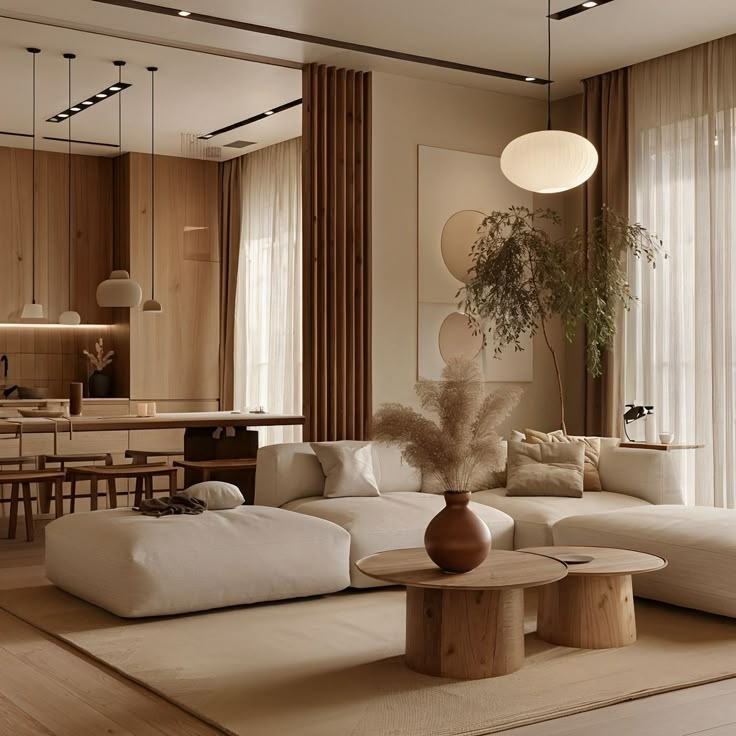
Neutral Colors: Balance and Versatility
Neutral colors like whites, greys, and beiges can provide a balanced backdrop, allowing other elements in a space to stand out. They are particularly effective in creating a serene and spacious feel. White, often associated with purity and cleanliness, can make rooms feel larger and more open, serving as a canvas for other colors or textures. Gray, with its balance between black and white, offers a sophisticated and modern look, great for creating a subdued yet stylish atmosphere. Beige, with its warm undertones, adds a touch of comfort and coziness, ideal for spaces that aim to feel warm and inviting. By using neutral colors, you ensure that your space is adaptable, providing a flexible foundation that can accommodate various styles and preferences.
Neutral colors are the unsung heroes of interior design, providing subtlety and sophistication that can transform a space without overpowering it. These hues are perfect for those who prefer a minimalist or understated aesthetic. White, for instance, creates a sense of purity and brightness, making it a popular choice for contemporary and Scandinavian interior styles. Gray, with its chameleon-like qualities, can appear warm or cool depending on its undertones, offering a versatile option that complements any color scheme. Beige, with its timeless appeal, provides warmth and subtlety, creating cozy and inviting environments. Whether combined with bold colors or used alone, the versatility of neutrals ensures they remain a staple in any design plan.
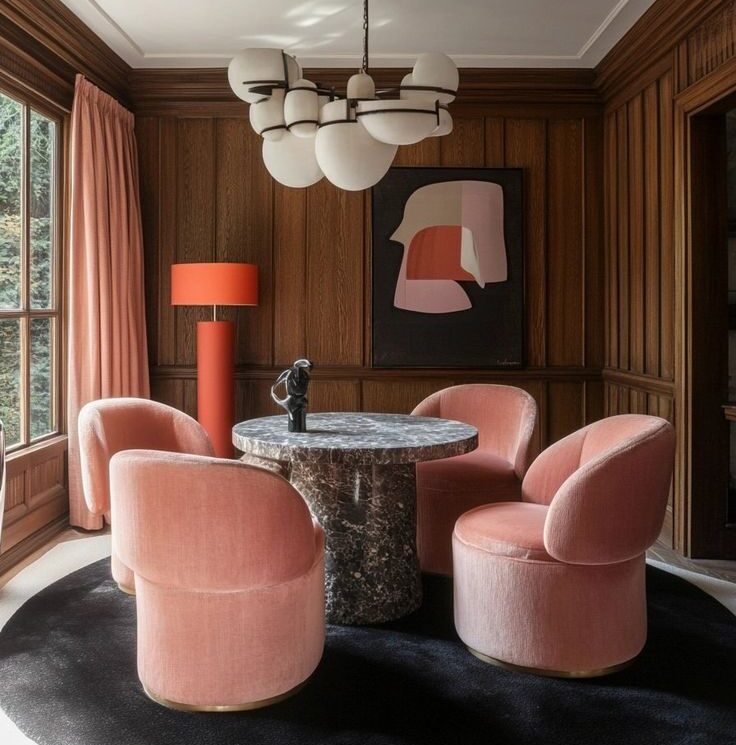
Using Color Combinations for Harmonious Spaces
Combining colors effectively can help achieve harmony and desired emotional effects in any space. A well-chosen color palette can transform a simple room into a harmonious haven by adding depth and personality. Complementary colors, which are opposite each other on the color wheel, can create vibrant contrasts when used together, perfect for making a dramatic statement in living areas or entertainment spaces. Conversely, analogous colors, which are next to each other on the wheel, offer a more subtle and cohesive feel, ideal for creating serene and restful environments. By understanding the principles of color harmony, you can craft spaces that are not only visually appealing but also emotionally balanced.
Designing with color combinations is an opportunity to experiment and express creativity. Monochromatic schemes, which use different shades of the same color, can evoke sophistication and tranquility. These schemes are particularly effective in creating a sleek, modern feel How Different Colors In A Space Can Affect Your Mood. Triadic color schemes, which use three colors evenly spaced around the color wheel, offer vibrant and dynamic energy that can bring a lively vibe to any space. This approach is perfect for rooms that thrive on energy and engagement, such as playrooms or creative studios. By experimenting with various color combinations, you can tailor your spaces to evoke specific emotions, reflecting both personal taste and functional needs.
Transform Your Spaces with Thoughtful Color Choices
Understanding the emotional impact of colors allows us to create spaces that not only look beautiful but also feel right. By mindfully selecting the colors around us, we can foster environments that enhance our well-being and reflect our desired mood. Whether you’re repainting a room or simply adding a colorful accent, remember that the colors you choose can transform your everyday spaces into sources of joy and comfort. Visit our homepage to explore how Rachel Blindauer can help you apply these insights to your space.
Get Started Today
Let Rachel Blindauer help you think through your project starting with a complimentary consultation.

